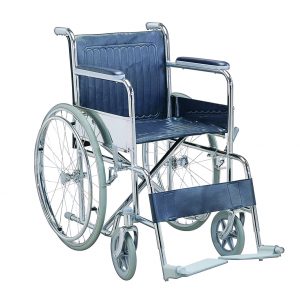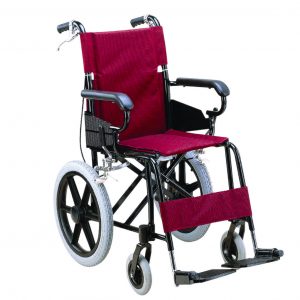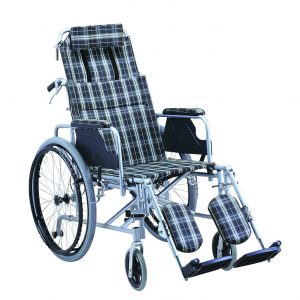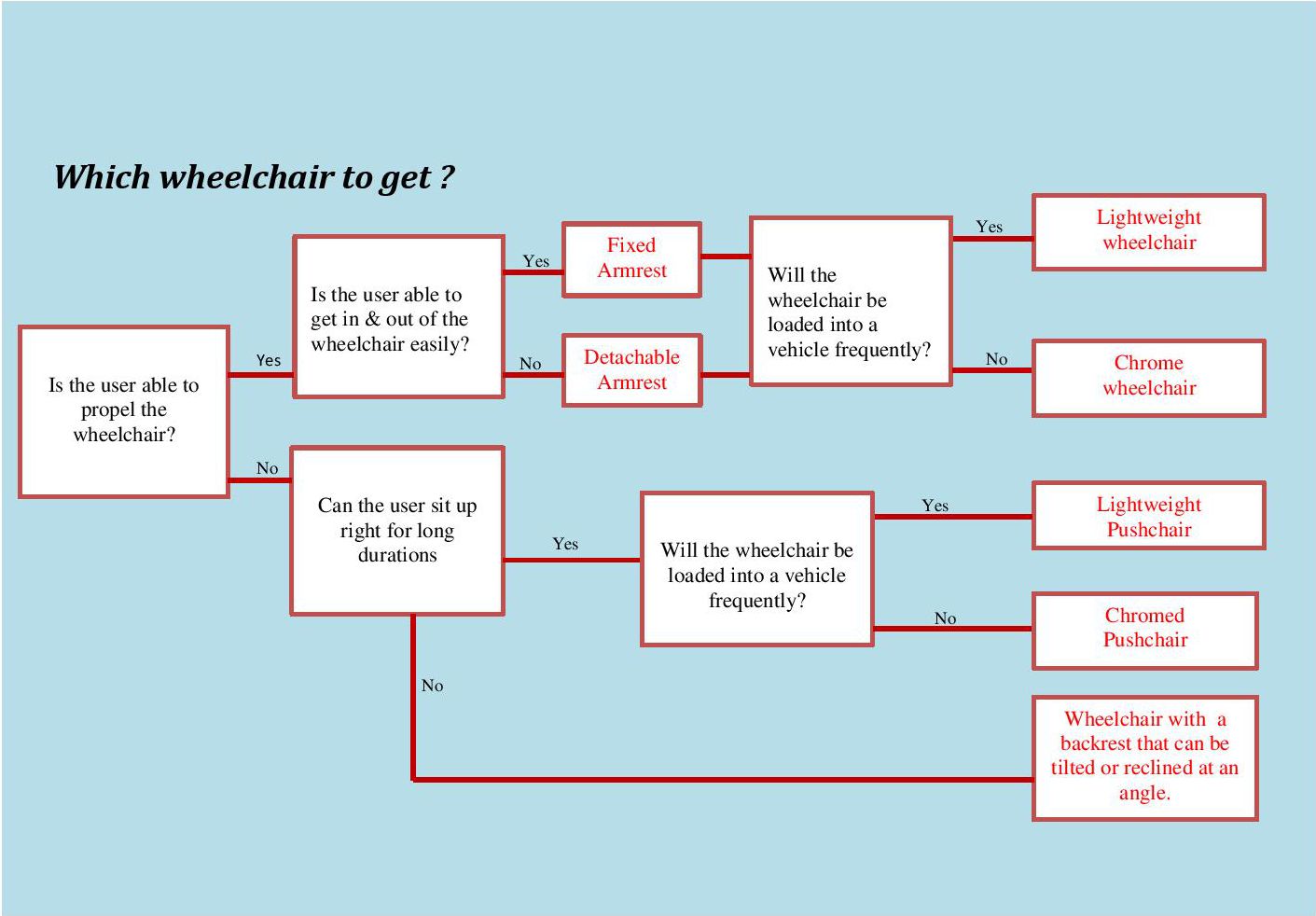Tips for Choosing a Wheelchair
Skimping on a wheelchair may result in a person getting one which is not safe enough or which may not have the right features. So, while budget is a consideration, it is important that the wheelchair meets the needs of the user. For instance, a person who needs help to get in and out of a wheelchair will probably need one that comes with detachable armrests. These allow him to be eased in and out of the wheelchair comfortably. A wheelchair that meets the needs of a person will give him mobility and independence. A poor fitting wheelchair, on the other hand, could become a torment, causing pain where chafes this skin. If it does not give adequate support, the user may end up hunched, so that his chest is constricted and he has trouble breathing properly.
People who have trouble sitting upright without help or those with skeletal deformitis should consult an occupational therapist before buying a wheelchair. The therapist may be able to help the person change his posture. If this cannot be corrected, she could recommend special supports to help the wheelchair user feel more comfortable. For instance, some stroke patients who are paralysed on one side find it difficult to rest the affected limb on the armrest of the wheelchair as the limb may get caught in the wheel. Fitting their wheelchairs with arm and lap tray can prevent this from happening.
BEFORE YOU BUY ONE
There are two main factors to consider : The user’s ABILITIES and HOW the wheelchair will be used?
USER ABILITIES
STANDARD WHEELCHAIRSomeone who can propel a wheelchair can opt for one which comes with LARGE-REAR WHEELS |
 |
PUSH CHAIRSomeone who cannot propel himself, a PUSH CHAIR (attendant-propelled) will be more suitable as it has smaller wheels, making it lighter, less space consuming and easier to load into vehicle. |
 |
RECLINING WHEELCHAIRA person who cannot tolerate sitting upright for more than 30 minutes at a time may need a RECLINING WHEELCHAIR. It has backrest that can be tilted or reclined at an angle. |
 |
USAGE
MOTORIZED WHEELCHAIRA MOTORIZED WHEELCHAIR can be consider for someone who needs to get around a lot, for instance, to work or to school, and is strong enough to manoeuvre the joystick when controls the motion of the wheelchair. (Photo 5) This reducing the user’s risk of developing repetitive stress injuries in the shoulder from propelling the wheels. |
 |
ALUMINUM WHEELCHAIRAluminium wheelchairs are usually lighter than those made of chrome. ALUMINUM wheelchairs are preferred if the wheelchair need to be loaded into vehicle often. But chrome wheelchairs are usually more affordable then light weight wheelchair. |
 |
LOOK OUT FOR
(WEIGHT CAPACITY) It should be at least 20kg more than a user to offer adequate support. The weight capacity, or amount of weight a wheelchair can take is usually between 90kg to 120kg.
(SEAT BELT) A person who is not able to hold his upper body upright because of a stroke, for instance, should made sure his wheelchair comes with seat belts. Some seat belts can be buckled across the chest.This may be useful for people with poor postural control.
(ANTI-TIPPER) Anti tippers are typically designed to attach to the rear of the wheelchair on the kick tube that prevents the wheelchair from tipping backwards if the user leans back. Usually reclining wheelchairs and electric wheelchairs come with a device attached to the rear wheels.
(ARMREST HEIGHT)The upper and lower arms should form a right angle when resting on the armrests. The shoulder should be relaxed and not hunched. Most armrests come at fixed height, which may be too high for the average user. These push the shoulders up and may cause stiffness over time. They also compress the chest and affect breathing.
(SEAT WIDTH)There should be a space for about 8mm between the outside of the thighs and the frame of the armrest. A seat that is too narrow presses against the hips and can cause pain, while a seat that is too wide make it difficult for user to reach for the rear wheels to propel himself. It can causes him to develop bad posture over time.
(SEAT DEPTH) A seat that is too deep puts pressure on the areas behind the knees and could prevent the user from sitting fully upright, On the other hand, a seat that is too shallow presses against the thigh and causes discomfort.

REPAIRS & MAINTENANCE
It is important to keep the wheelchair you bought in good condition.
It is not uncommon to encounter wheelchairs with malfunctioning brake, sagging seat and wheels that are so worn they move even when locked.
The user or the family members should set a schedule for regular maintenance of the wheelchair to send it to the manufacturer for servicing to avoid breakdowns.
It is important to check your wheelchair regularly and help prevent accidents and ensure a smooth ride.
Check List
- Are the tires properly inflated? In other words, are they firm when you squeeze them? You can inflate the pneumatic (air filled) tyre with a bicycle pump.
- The wheels and the castors should be able to spin and pivot freely.
- Are the metal rims of the wheels fitted tight and undamaged?
- Are the brakes working?
- Is the upholstery intact?
- Are the armrest properly attached and not damaged?
- Do the footplates swing open and lock correctly?
- Is the wheelchair frame intact?
